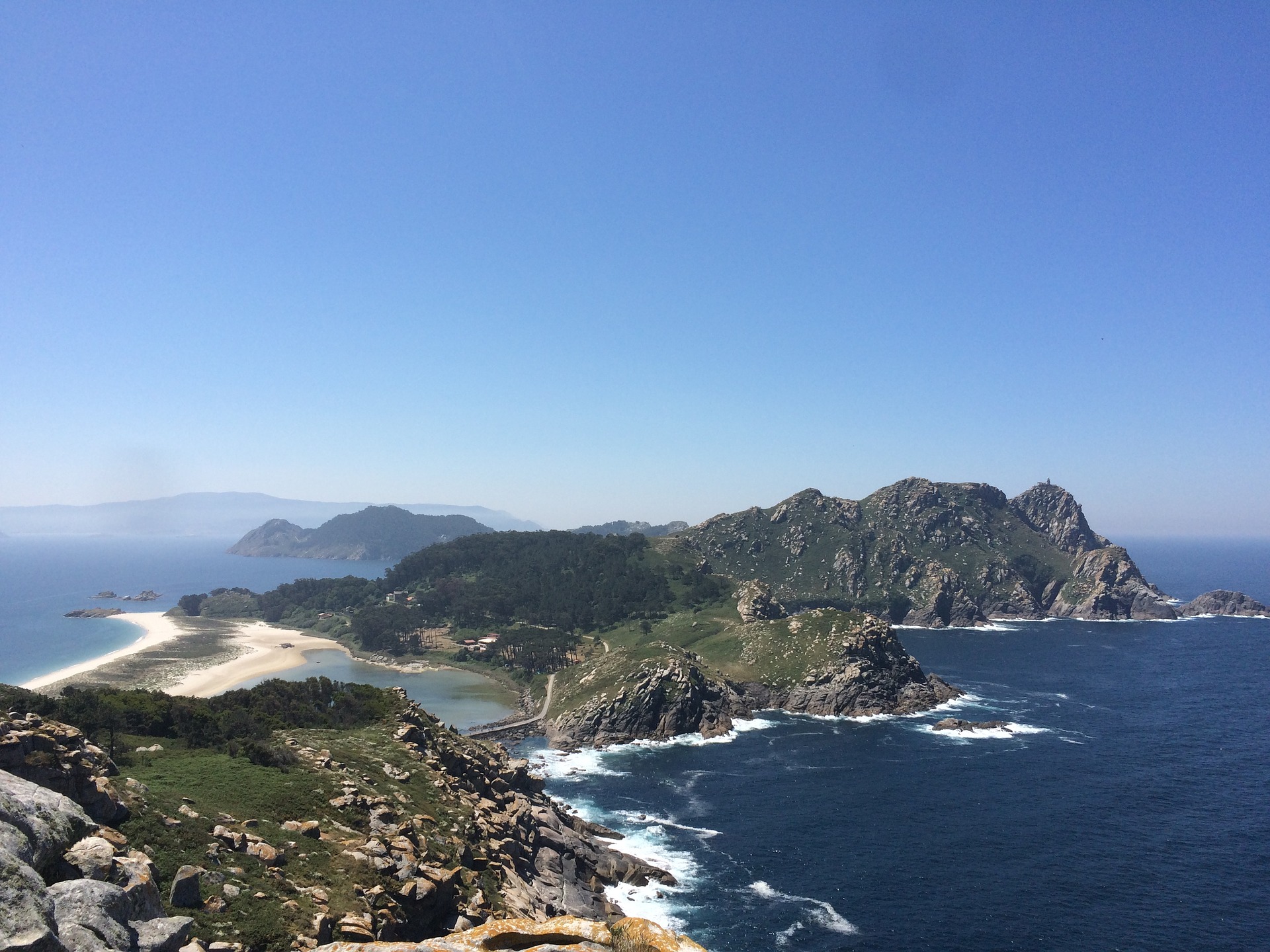PAMPLONA, a university city, in the centre of Navarra is the capital. Around the impressive Plaza del Castillo, the Gothic Cathedral of Santa Maria, and numerous churches and museums is the city wall leading up to the Citadel which dates back to the 16th century. It is possible to walk around a large part of the wall. Pamplona is probably best known for the Festival of St Fermin in July when the bull running takes place in the narrow streets and the city also found fame as it was featured in many of Hemingway’s novels including “For whom the bells toll”.
Other historic towns are Sanguesa, Tudela, Artajona, Estella and Olite, the former seat of the Kings of Navarra and now a national monument with the castle and church of Santa Maria la Real and the 15th century palace which is now the Parador.
Roncesvalles, as well as being the starting point of the Camino de Santiago is also known for the Battle of Roncevaux Pass in 778 when Charlemagne was defeated by the Basque tribes. The north-eastern part of Navarra considers itself to be part of the Basque country so many people speak the language as their mother tongue.
Navarra has many monasteries, convents, palaces and castles as reminders of its royal and religious past, notably the Castillo de Javier which was the birthplace of St Francisco Javier in 1506, the founder of the Jesuit missionaries and Patron Saint of Navarra, and the monasteries of La Oliva and San Salvador de Leyre.
